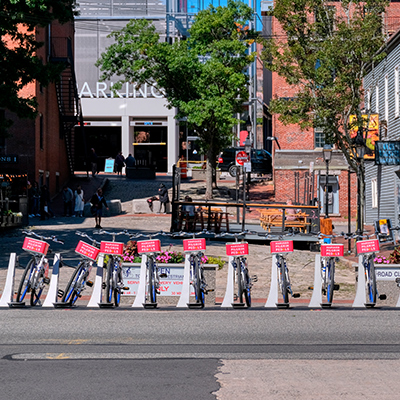Reduce stress
Reduce stress
By optimizing travel, minimizing traffic, and facilitating accessibility to essential services, it helps reduce the stress associated with daily commuting.
Save time
Save time
Time management means that daily activities are performed more quickly and effectively. This gives people more leisure time.
Improve productivity
Improve productivity
By implementing chrono-urbanism strategies, productivity is improved by reducing travel times and allowing for greater focus at work.

Mobility
Mobility
Urban mobility is based on reducing greenhouse gas emissions and energy consumption through the adoption of clean energy sources and the use of renewable fuels, such as biofuels.
Air quality
Air quality
By reducing traffic congestion and promoting cleaner transportation, urban air quality is improved, benefiting the health of residents.
Encourage healthy lifestyles
Encourage healthy lifestyles
It facilitates access to parks, "green" areas, and walking and biking trails, which encourages physical activity and a healthy lifestyle.
Local economy
Local economy
By promoting the proximity and accessibility of essential services, it boosts support for local businesses, generating an economic impact on the community.







.png)

